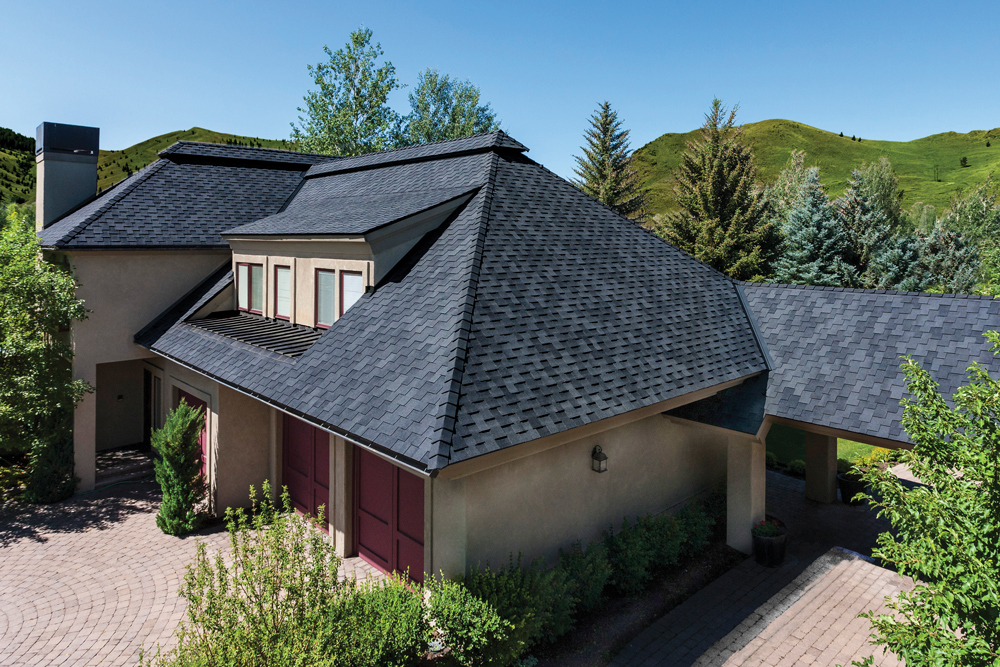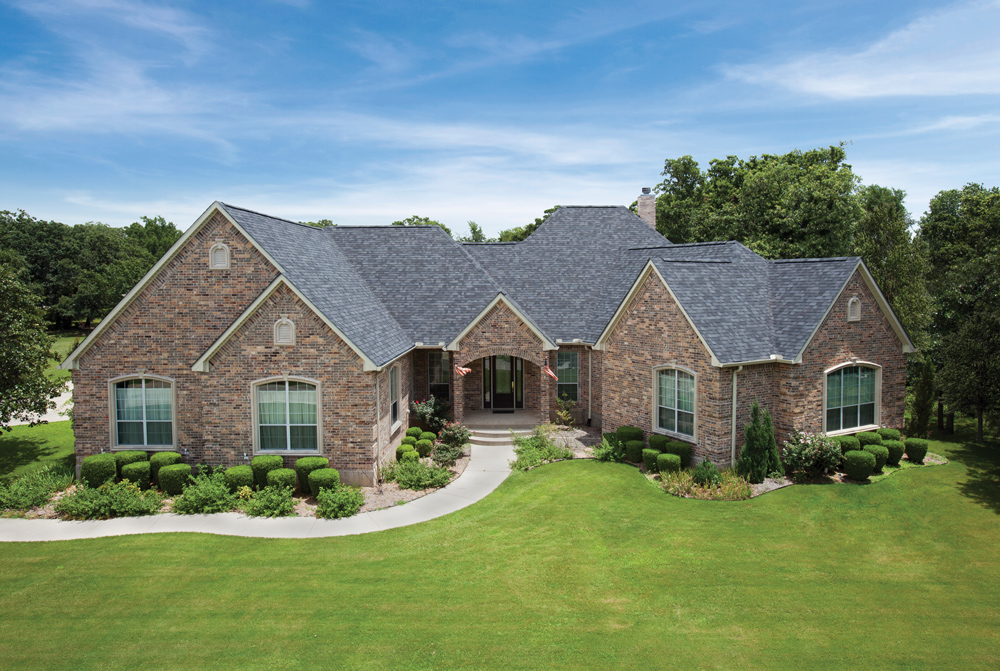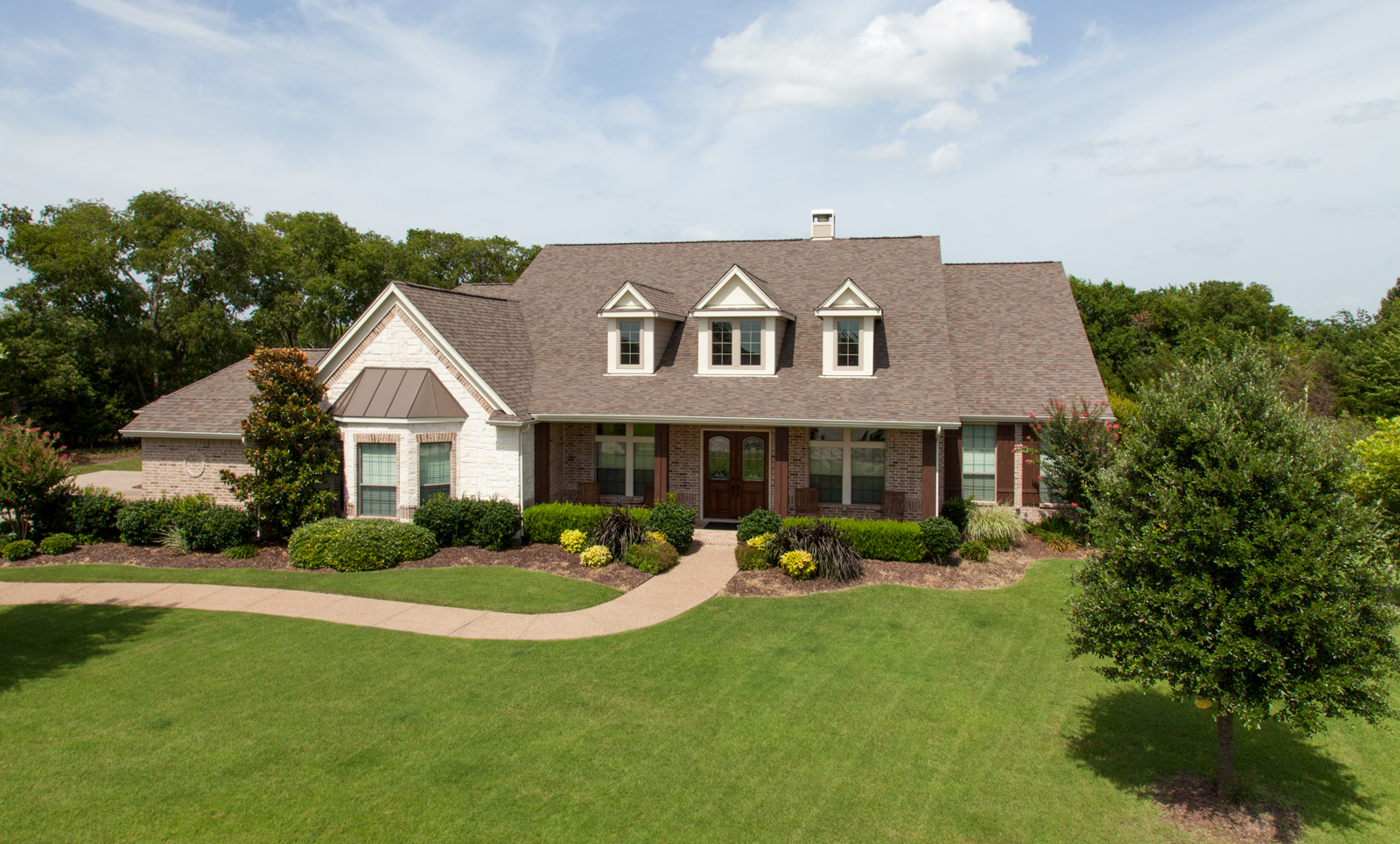
Atlas Roofing ProLam Shingles
About this product
Scored Product Attributes
47
This item has an average score in it's category.
Compare in Category| Certifications | |||
|---|---|---|---|
|
This CERT outlines requirements for Class A asphalt shingles with mineral granules, covering Type I (self-sealing) and Type II (non-self-sealing). It ensures fire resistance, heat behavior, and wind resistance (Type I), confirming their suitability for high-performance, safe roofing.
|
|||
|
This CERT specifies a test method for evaluating the wind resistance of steep slope roofing products, such as asphalt shingles, using a fan-induced procedure. It assesses the product's ability to withstand wind uplift forces, ensuring durability and performance under various wind conditions.
|
|||
|
This CERT specifies the requirements for asphalt roofing shingles made from glass felt and surfaced with mineral granules. It outlines the physical properties, such as tear strength, wind resistance, fire resistance, softening point, and pliability, that shingles must meet immediately after manufacture and before installation.
|
|||
|
This CERT specifies test methods for measuring the mechanical uplift resistance of asphalt roofing shingles that utilize factory-applied or field-applied sealants. It provides standardized procedures to assess a shingle's ability to withstand wind-induced forces, ensuring durability and performance in various environmental conditions.
|
|||
|
This CERT specifies a test method for evaluating the wind resistance of sealed asphalt shingles by calculating the uplift forces exerted by wind and comparing them to the shingles' mechanical uplift resistance. It classifies shingles into three categories—Class D, Class G, and Class H—corresponding to their resistance to basic wind speeds of 115 mph, 150 mph, and 190 mph, respectively.
|
|||
|
ASTM E108 is a Standard Test Method that evaluates the fire resistance of roof coverings when exposed to simulated external fire sources. It assesses the material's ability to resist fire spread, penetration, and the generation of burning embers under controlled conditions.
|
|||
|
This CERT evaluates the impact resistance of roofing materials, classifying them into four categories (Class 1 to Class 4) based on their ability to withstand simulated hail impacts, thereby aiding in the selection of durable roofing solutions.
|
|||
|
This CERT evaluates the fire resistance of roofing materials, classifying them into three categories—Class A, B, or C—based on their performance against external fire exposures, thereby aiding in the selection of appropriate roofing systems for varying fire risk scenarios.
|
|||
| Warranty: Limited Lifetime |





